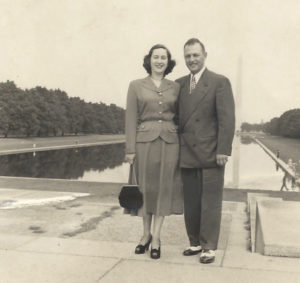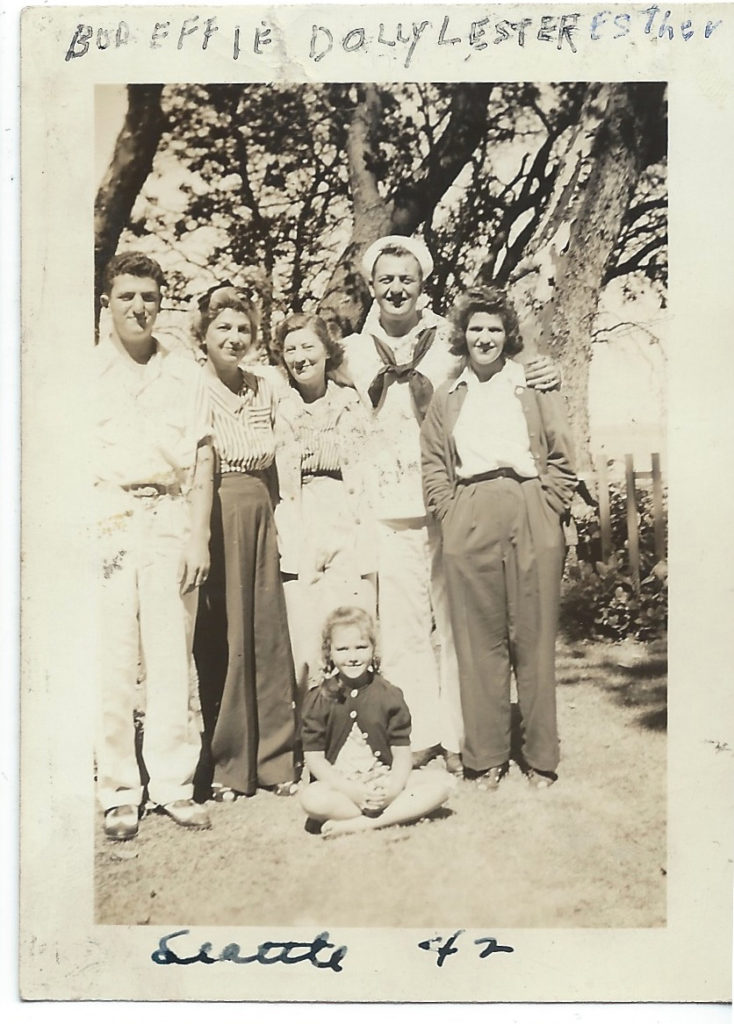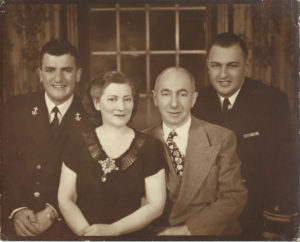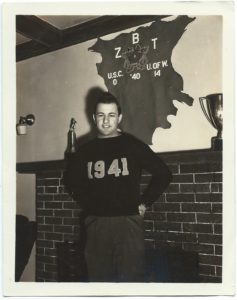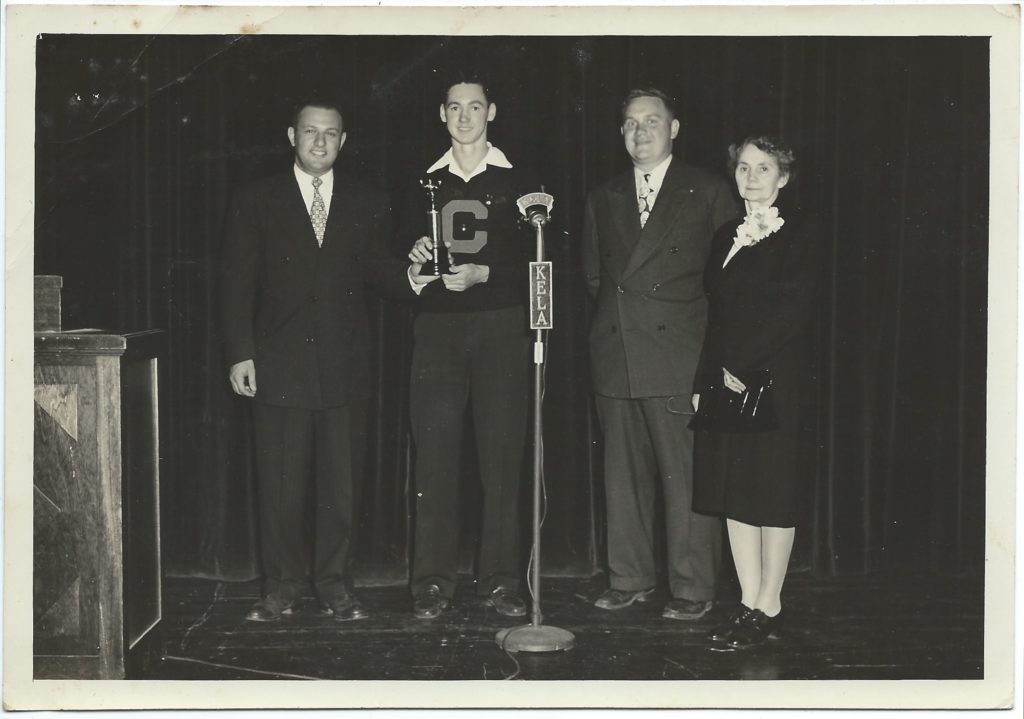After the war ended, Les Keiter went right back to Centralia-Chehalis to his old job at KELA. Les’ job was the same, but Les has changed, and he found himself wanting more…
This is where the matchmaker kicks in. Les’ mother, Dolly Keiter, re-introduced Les to the kid sister to one of his fraternity brothers.

Her name was Lila Hammerslough. Lila was 7 years his junior. I say “re-introduced,” because when Les first met Lila, that seven-year difference was the difference between a young adult and a child. Five years and a World War later, that wasn’t true anymore – Lila had grown up!
As Les would say, it wasn’t love at first sight, but one date led to another, and he described the turning point as follows:
One day, Les took Lila on a date to a Seattle Rainiers baseball game. While watching the game, Les began explaining how to keep score. She put up with him for about 3 innings, then she took the program from him and scored the game herself – even better than he did! Unbeknownst to him, Lila Jean Hammerslough had been the sports editor of her school newspaper. She had been named “Outstanding Baseball Fan” by a local paper, and she regularly listened to baseball games on the radio, announced by Leo Lassen (Les’ hero). Lila was also a heck of a softball player! Perhaps Dolly Keiter had known all of this when she made the re-introduction, but Les Keiter was completely surprised – and smitten.
From Lila’s perspective, they had been dating for some time and close to falling in love, so she didn’t want to make a scene about the scoring business. She said, “I didn’t know if I should play dumb or show him my smarts.” Les, it turned out, loved her smarts.
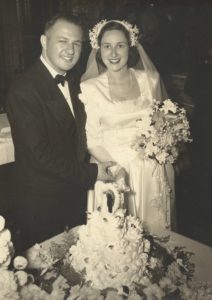 Les and Lila were married Sept. 9th, 1948 in Seattle, WA, and their honeymoon was an adventure! Lila had never been east of Olympia, Washington. So, they flew to Chicago (and saw the Cubs), to Cleveland (saw the Indians) to Niagara Falls, and to New York City, where they saw every team, Broadway Show, and Big Band they could. Then, they took in the sights in Washington D.C. before the happy couple ended their honeymoon in Los Angeles. From there, they drove up the coast and then inland to their first home: an upstairs apartment in Modesto, California.
Les and Lila were married Sept. 9th, 1948 in Seattle, WA, and their honeymoon was an adventure! Lila had never been east of Olympia, Washington. So, they flew to Chicago (and saw the Cubs), to Cleveland (saw the Indians) to Niagara Falls, and to New York City, where they saw every team, Broadway Show, and Big Band they could. Then, they took in the sights in Washington D.C. before the happy couple ended their honeymoon in Los Angeles. From there, they drove up the coast and then inland to their first home: an upstairs apartment in Modesto, California.
